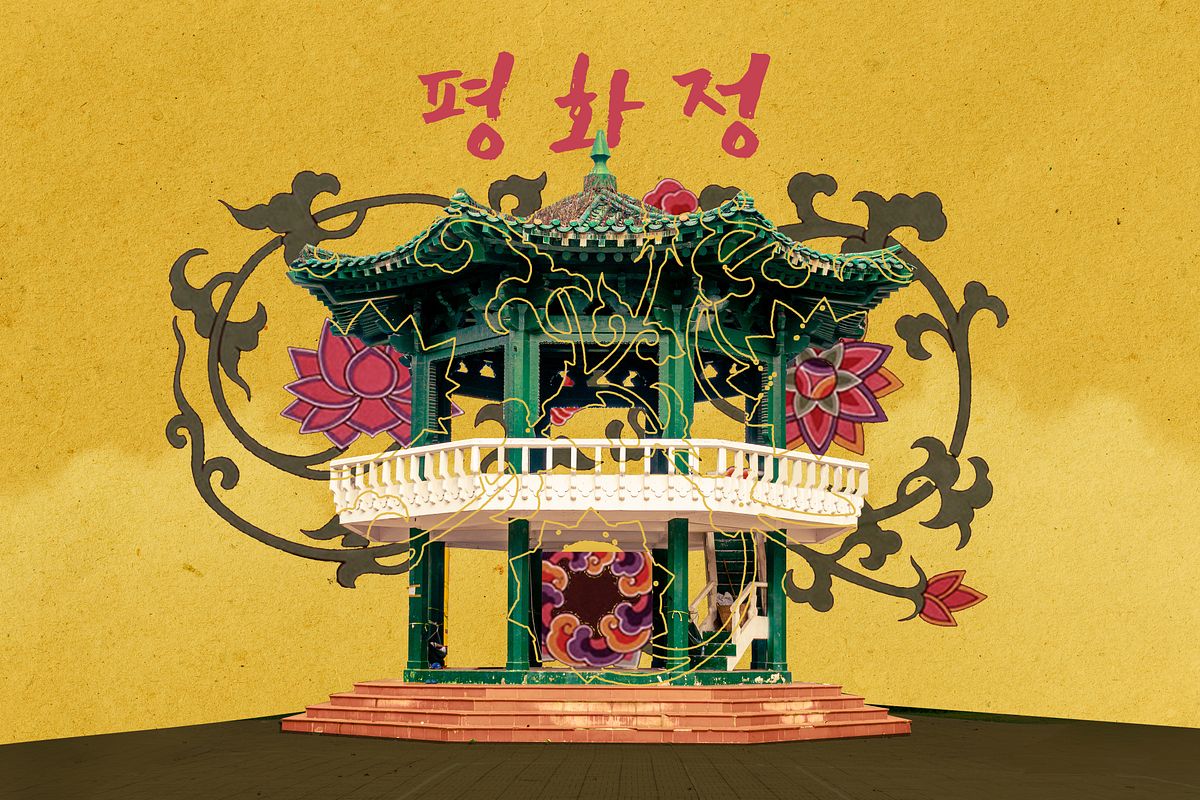For years now, the verdant pine green pavilion in the heart of Hòa Bình Park in District 5 has been a familiar landmark for denizens of Chợ Lớn.
Hòa Bình Park is wedged at the intersection of three major thoroughfares: Hùng Vương, Sư Vạn Hạnh, and Nguyễn Chí Thanh. In the middle of the moderately sized park is an octagonal pavilion that’s slowly deteriorating due to exposure to the elements. For those who frequently drive past this corner or have even visited the park, not many are aware of the structure’s origin and the significant historical bearings behind its construction.
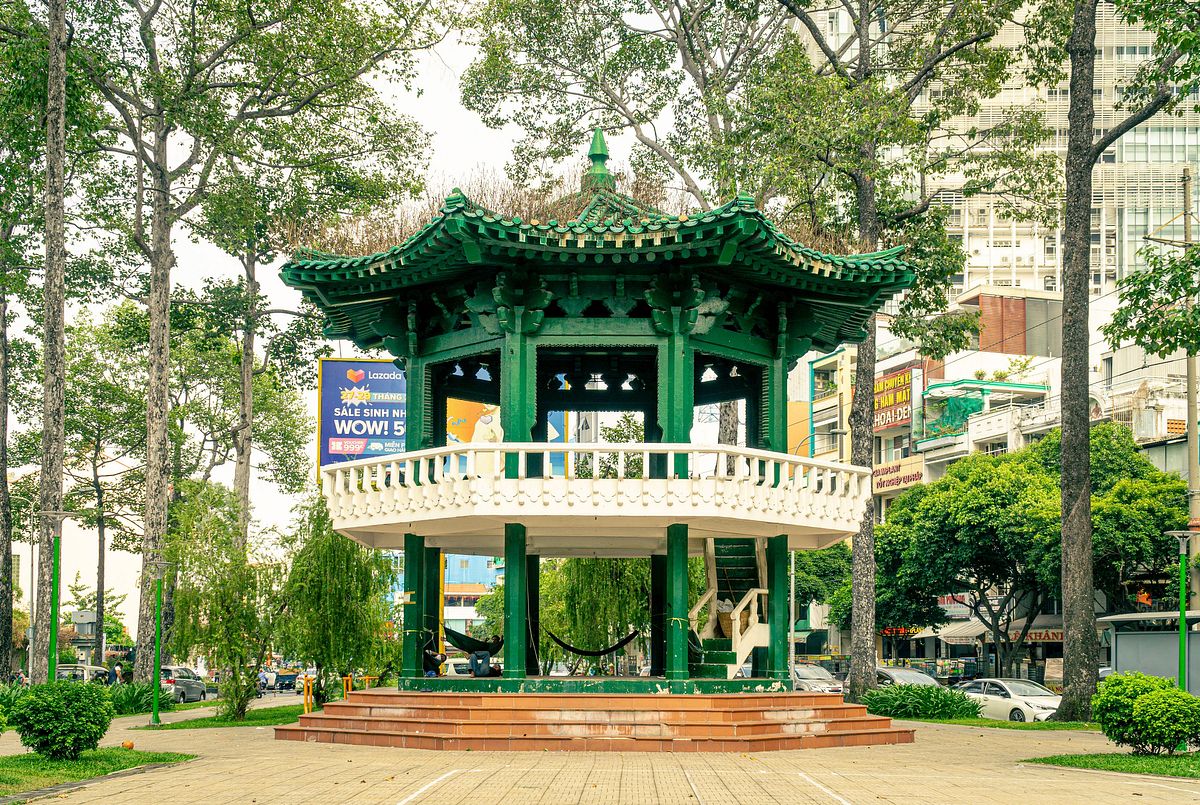
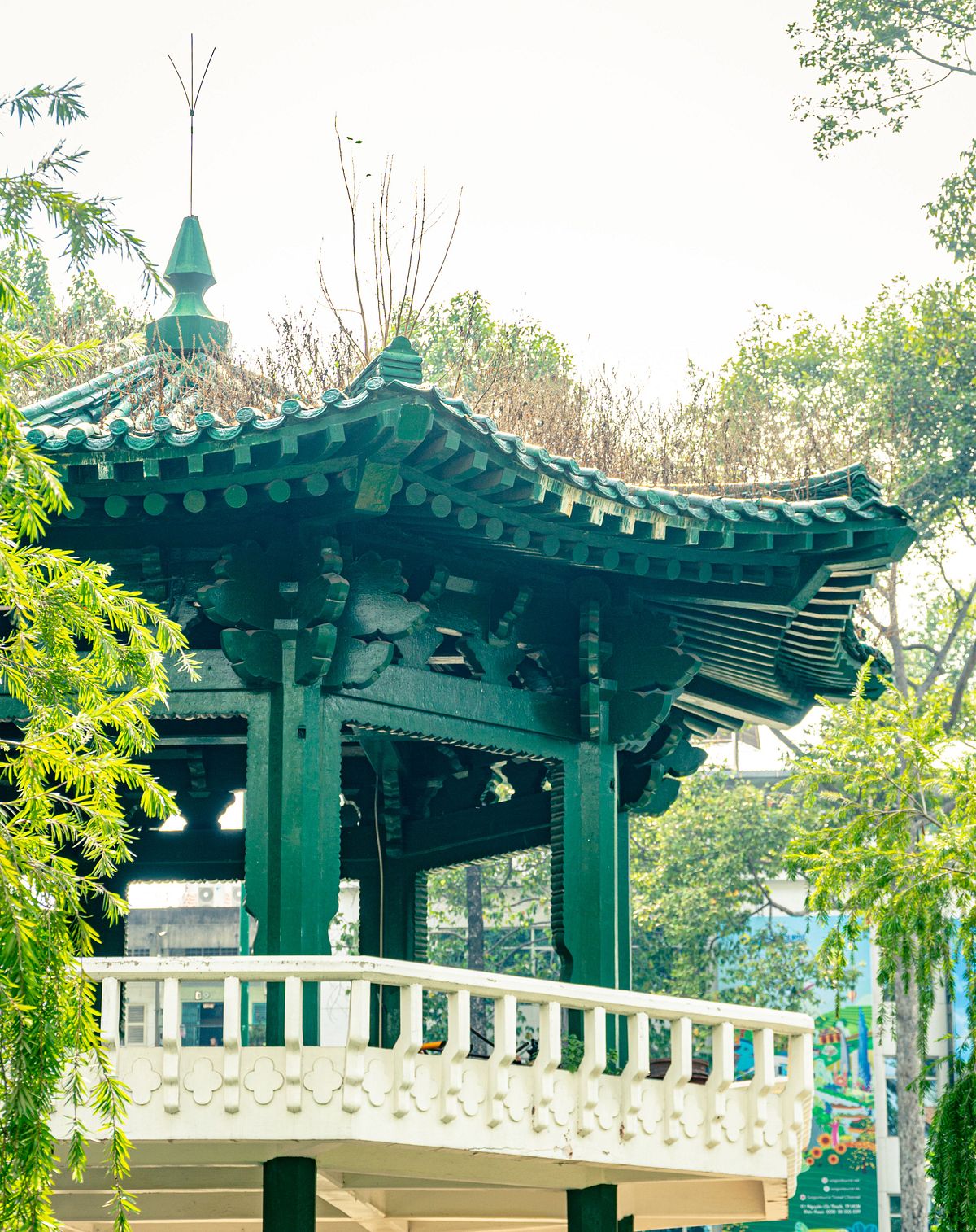
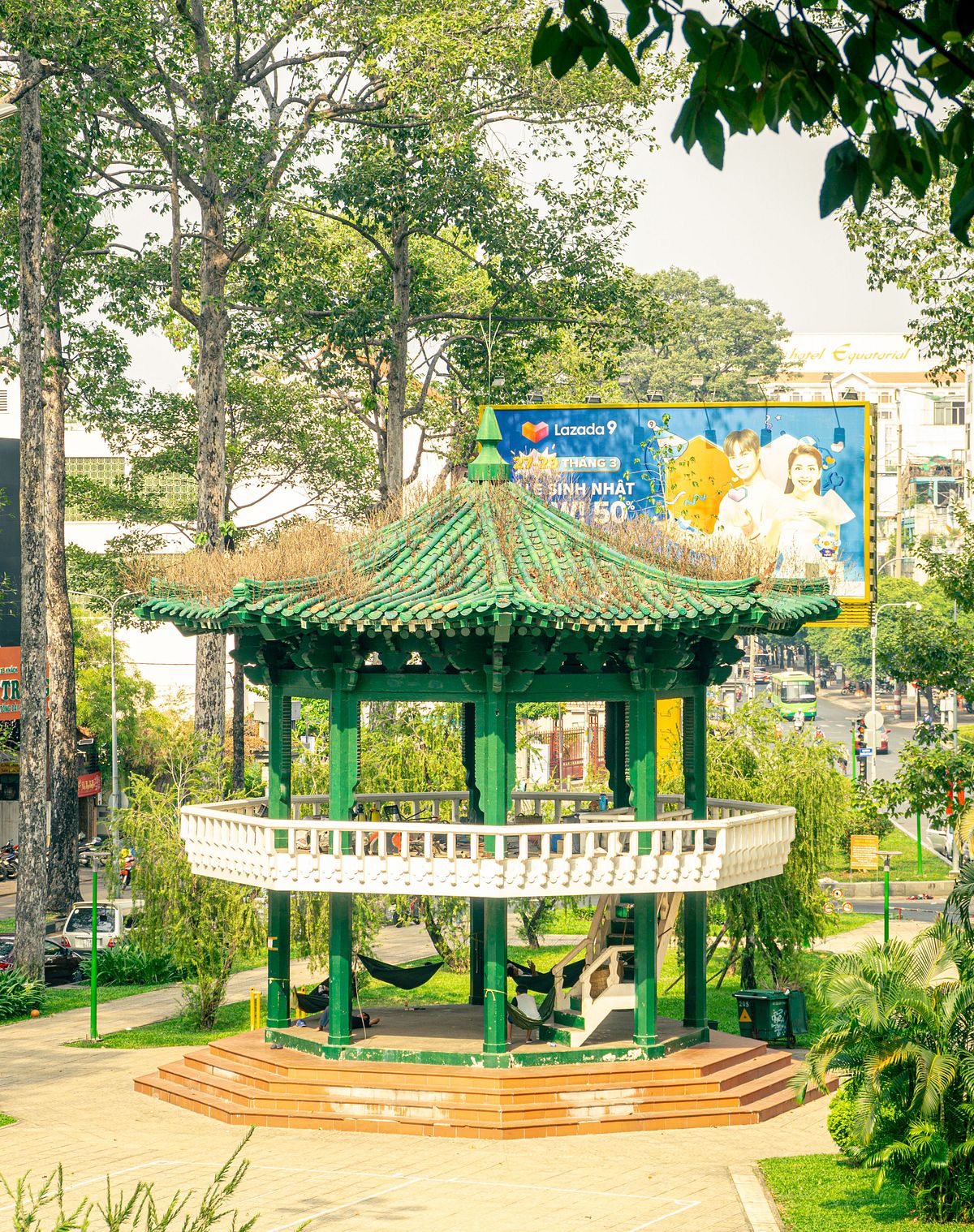
The pavilion, titled after its namesake park, simply means “peace” (Sino-Korean: 平和亭 / Korean: 평화정) and was modeled on traditional Korean architecture. In the beginning, it was erected as a commemorative monument to signify the diplomatic ties between Vietnam and South Korea.
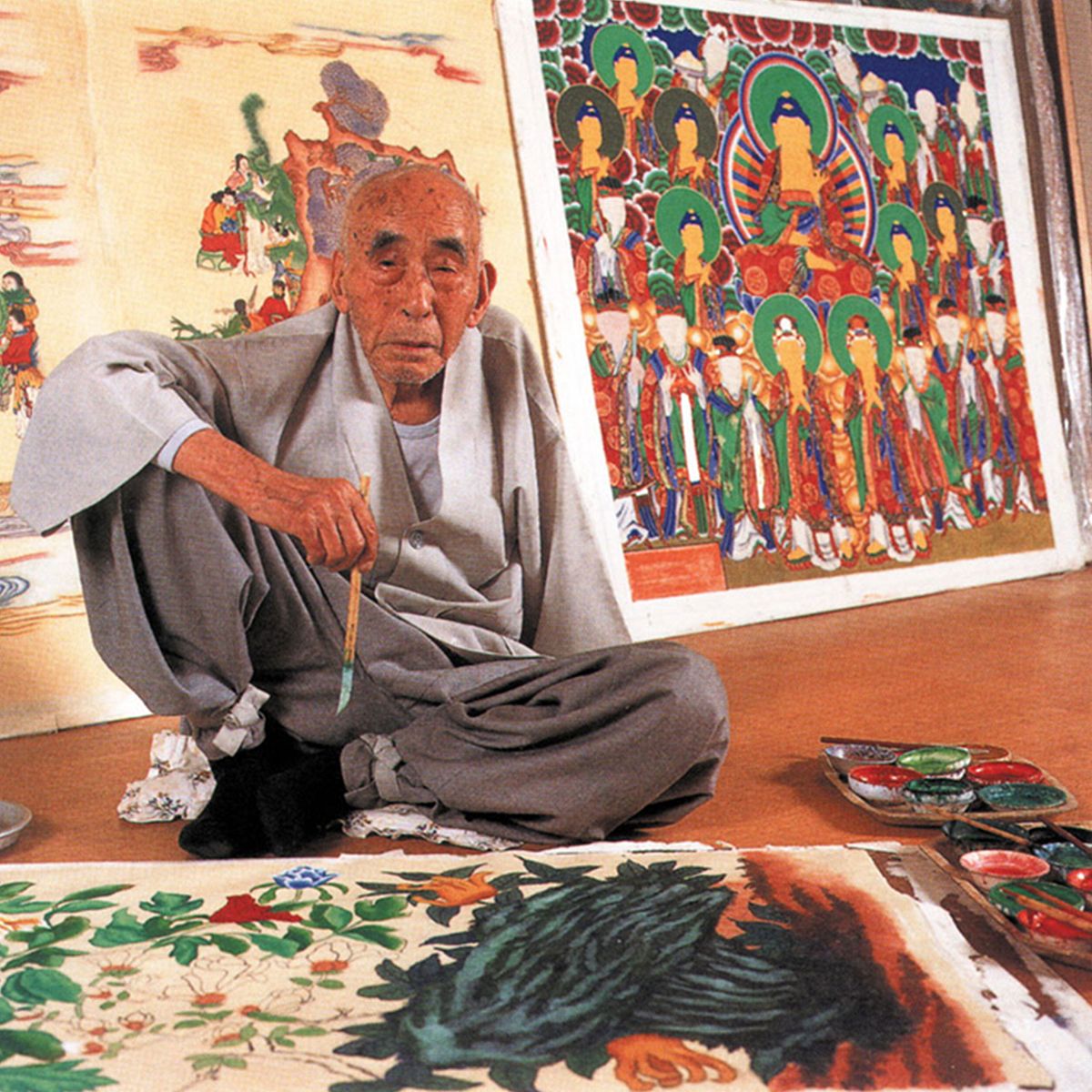
Korean Buddhist monk and artist Lee Man-bong. Photo via Buddhism.org.
The Peace Pavilion was designed by Korean Buddhist monk and artist Lee Man-bong along with five other collaborators. The project broke ground on February 8, 1972. At the time, Man-bong was widely recognized in his home country as a crucial figure in heritage conservation, and the pavilion in District 5 showcases his artistic philosophies congruent with his other works.
The structure was completed on July 27, 1972 at the park, which was then named Hùng Vương Park after the street running adjacent to it. Over time, the park took on the title of the pavilion.
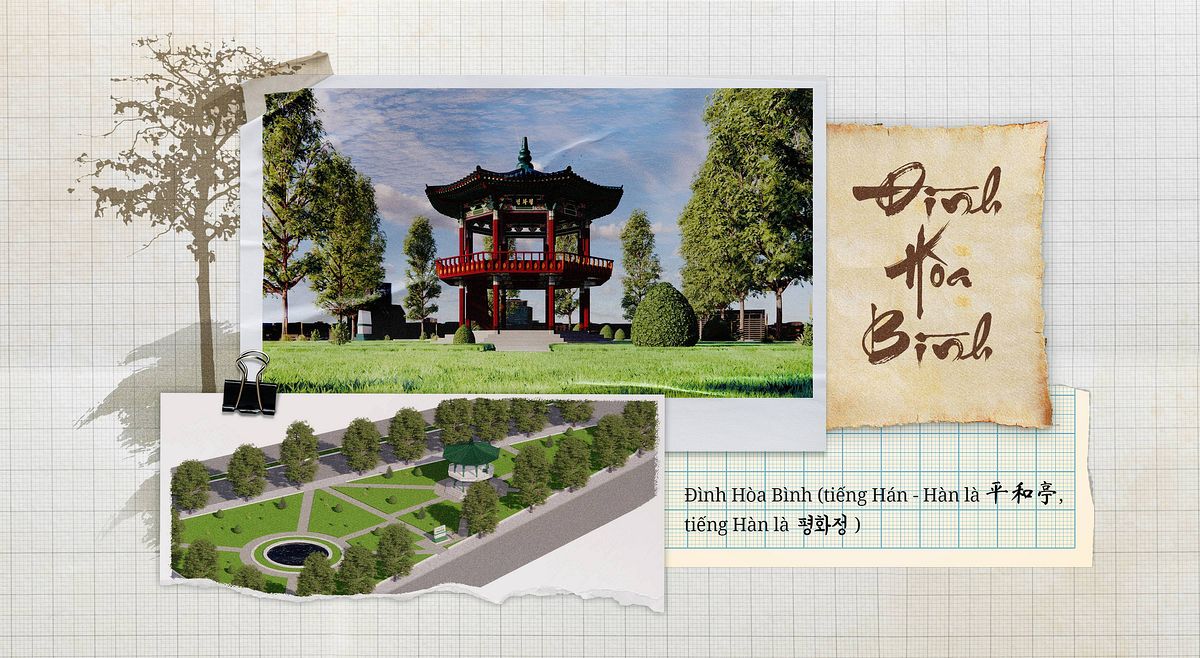
The Peace Pavilion’s original design.
Đình Hòa Bình typifies palgakjeong, an octagonal architectural design that often appears in monuments in Korea. Tourists visiting the East Asian country can spot the shape at many local landmarks, such as Seoul’s famous Bugak Skyway Palgakjeong Pavilion.
It’s also important to note that the current coat of green paint has covered up much of the original embellishments of the pavilion, which used to feature dancheong patterns, a multi-color decorative motif often seen on traditional Korean structures.
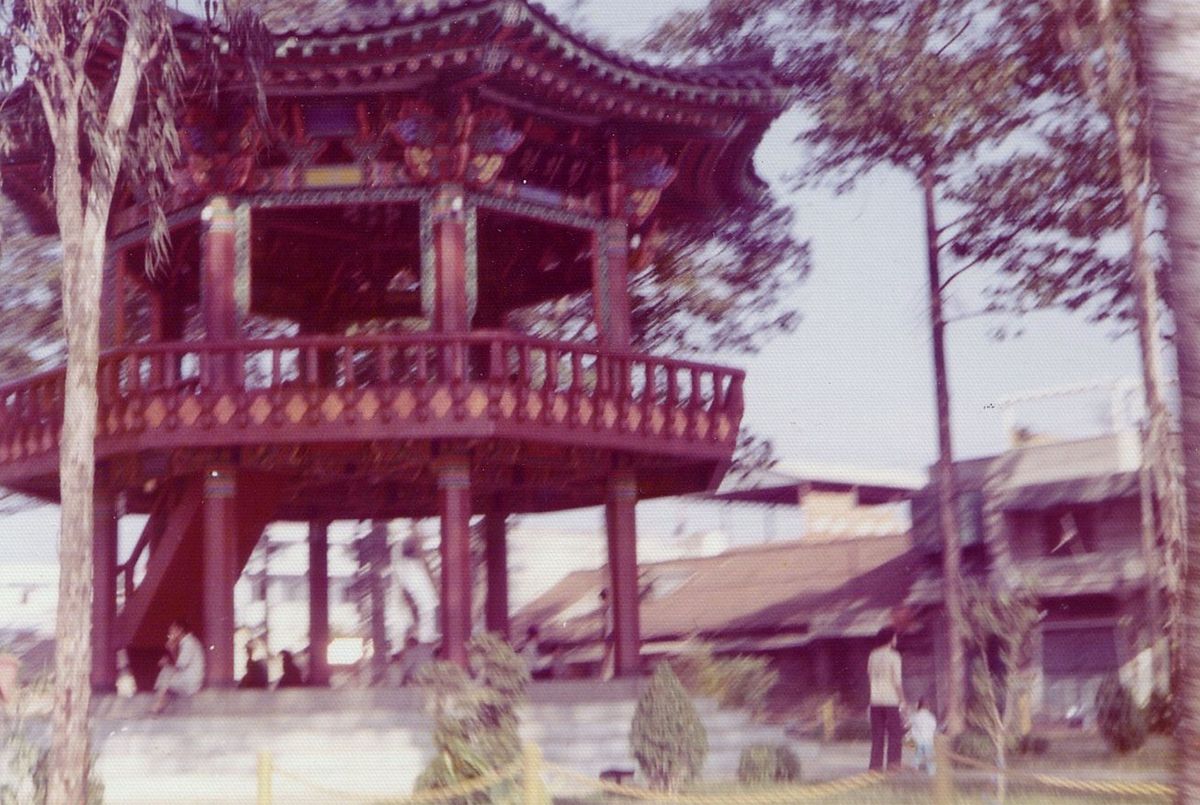
A rare image from 1972 shows that Đình Hòa Bình once had dancheong patterns and a wooden plaque bearing its Korean name: 평화정 (Pyeonghwajeong).
According to some Korean-language sources, the pavilion once had a wooden plaque bearing its Korean name: 평화정 (Pyeonghwajeong). The characters were reportedly penned by then-president Park Chung-hee. Alas, the plaque was removed at one point and has disappeared.
The shot capturing the park in 1973 shows that the construction featured many other details at launch, such as a water fountain and a sign of the park’s name. The latest round of renovation completed in 2017 eliminated other surrounding features except for the pavilion itself.
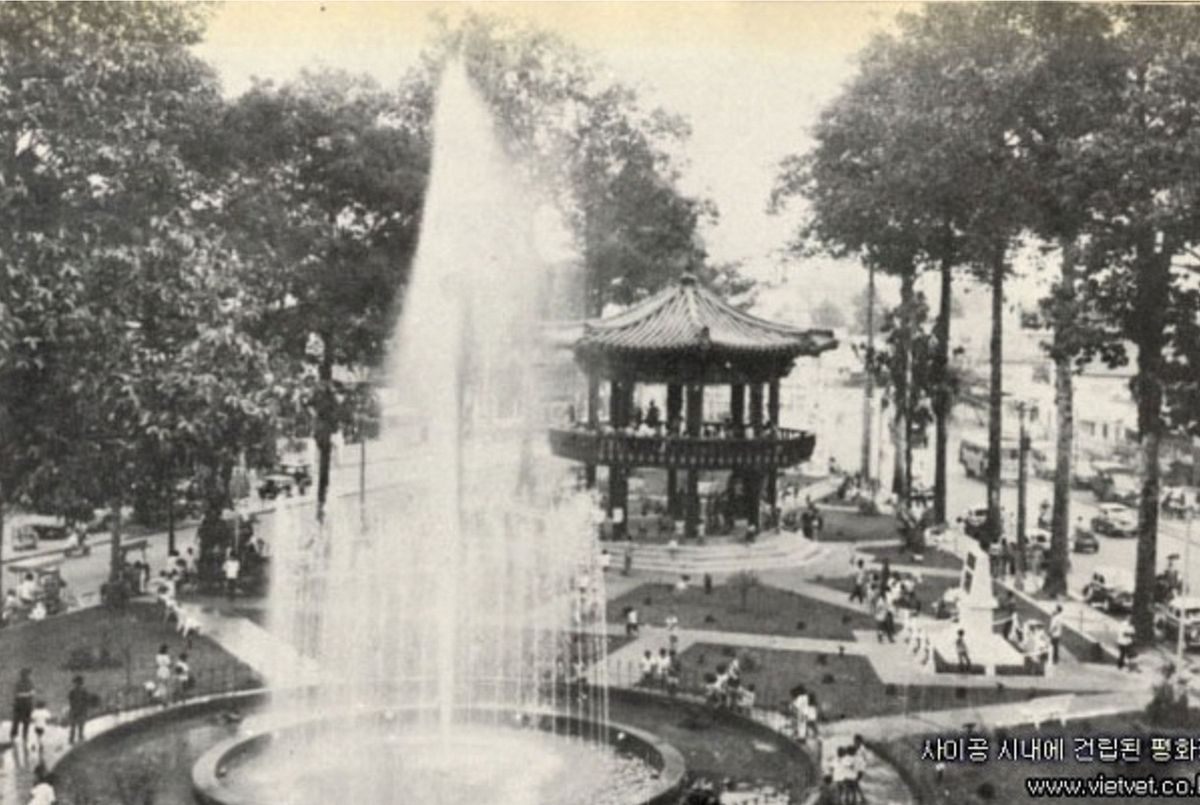
An archive image from 1973 showing the park with a fountain.
A metropolis is an ever-changing space and with every wave of immigration and emigration, once-familiar icons and landmarks vanish. The Peace Pavilion was built on important political, cultural and historical implications but has since lost its original meaning and become an everyday public shelter. This transformation, after all, is the nature of urban areas, where shops, streets, monuments, identities and memories are constantly layering on top of one another through time.
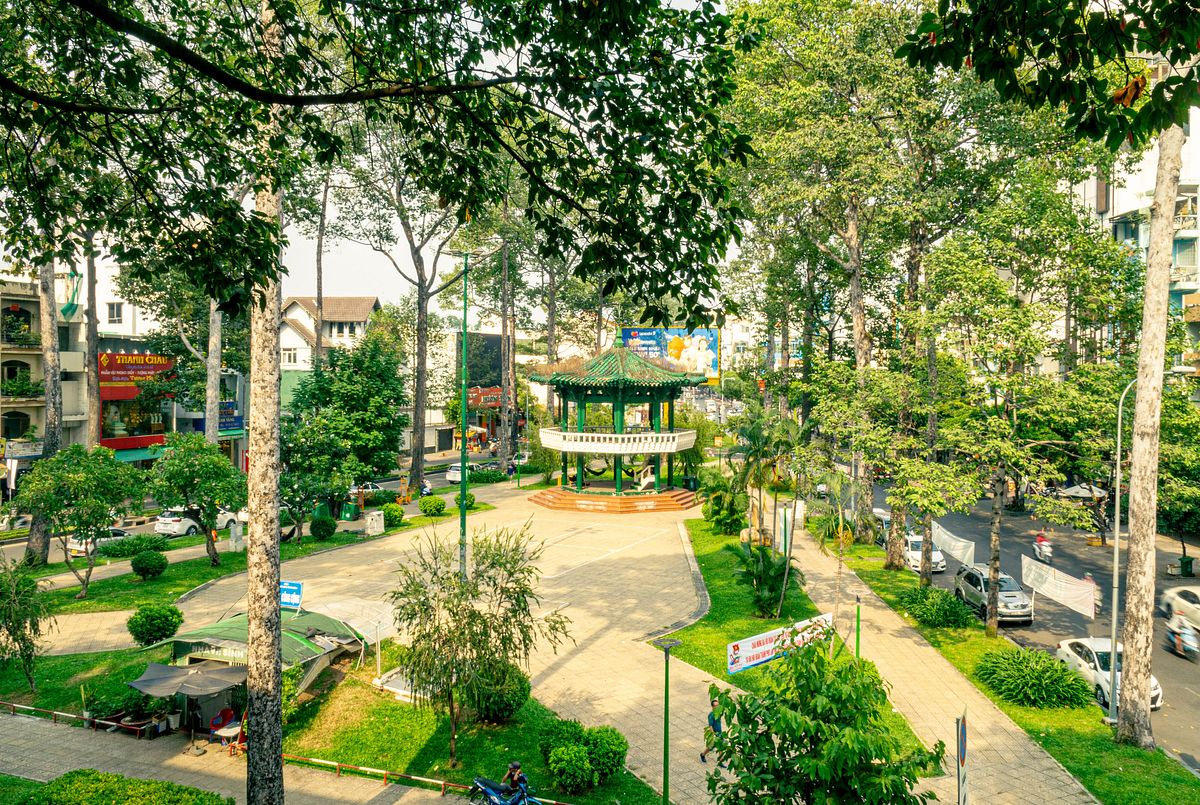
The park as seen in 2022.
By excavating those layers, we can discover the diversity of history. Even though Pyeonghwajeong only existed in its original prototype for a short, tumultuous period of our timeline, this reminder of the Korean involvement in the geopolitics of the era now serves a more quotidian purpose as a place for recuperation and gathering.
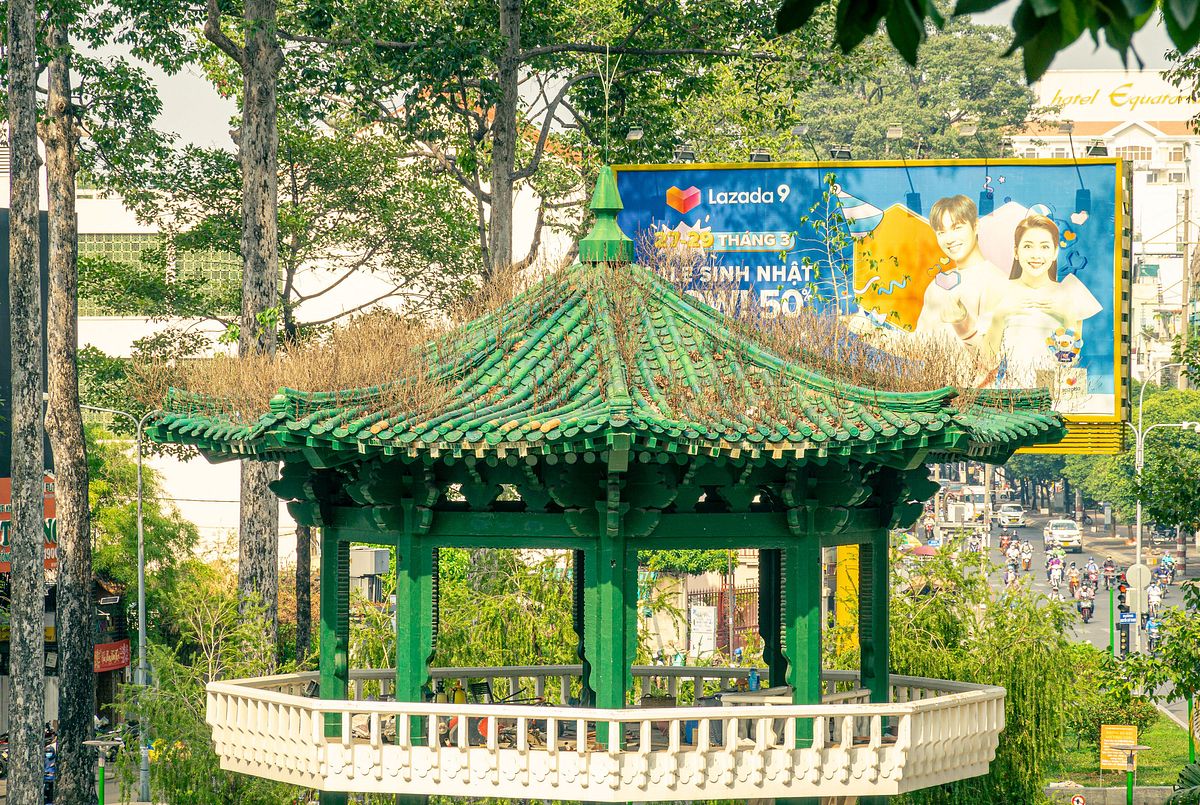
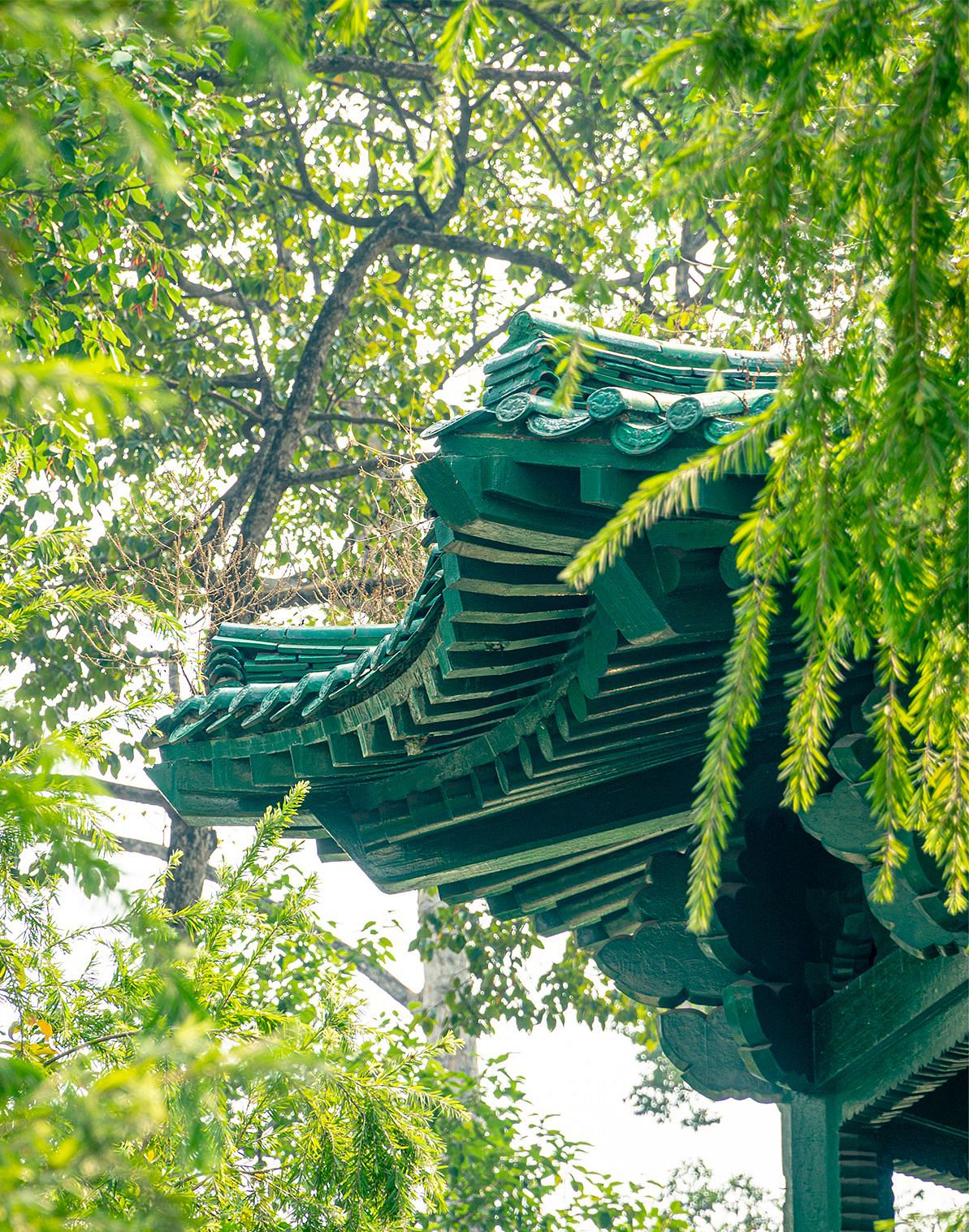
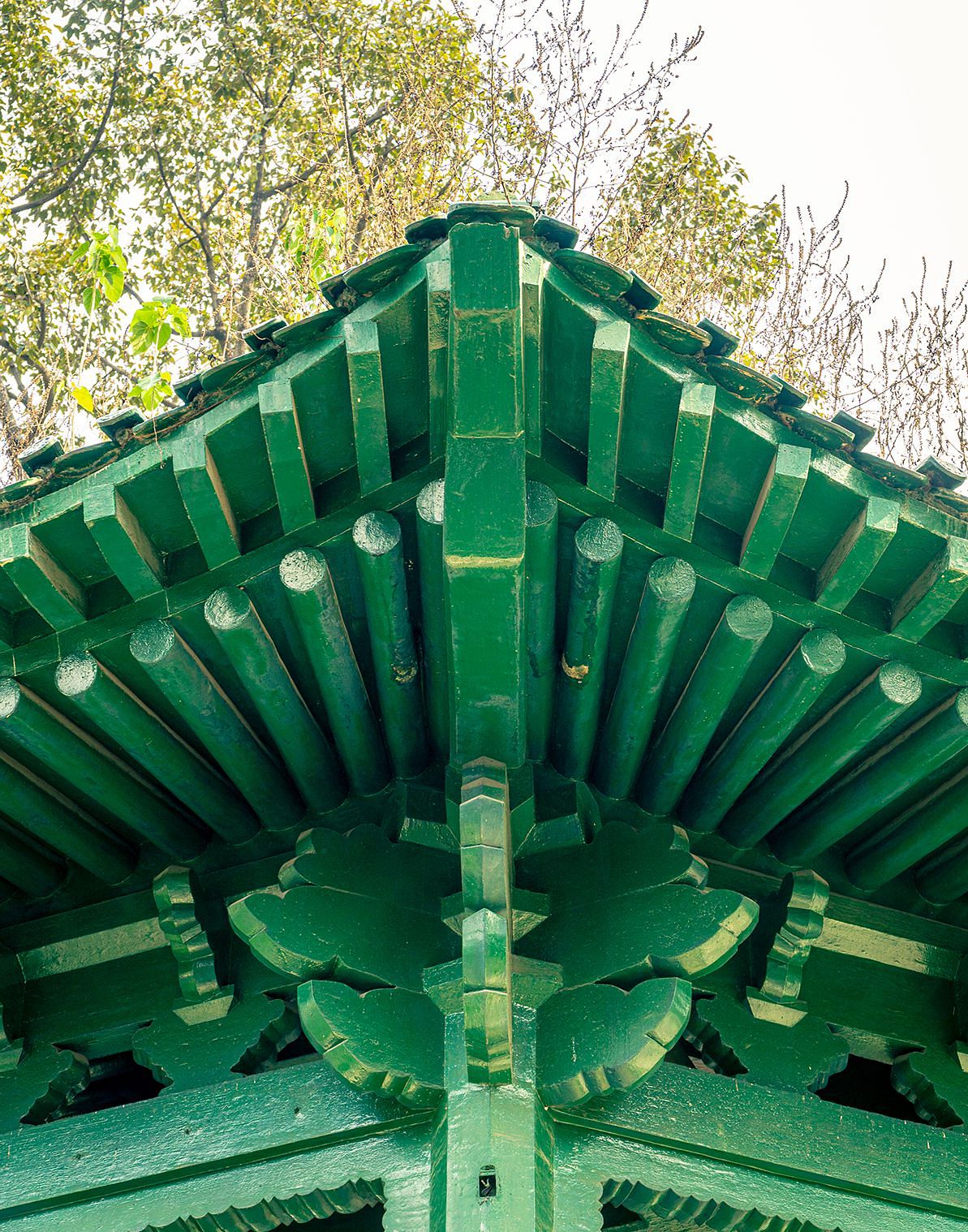
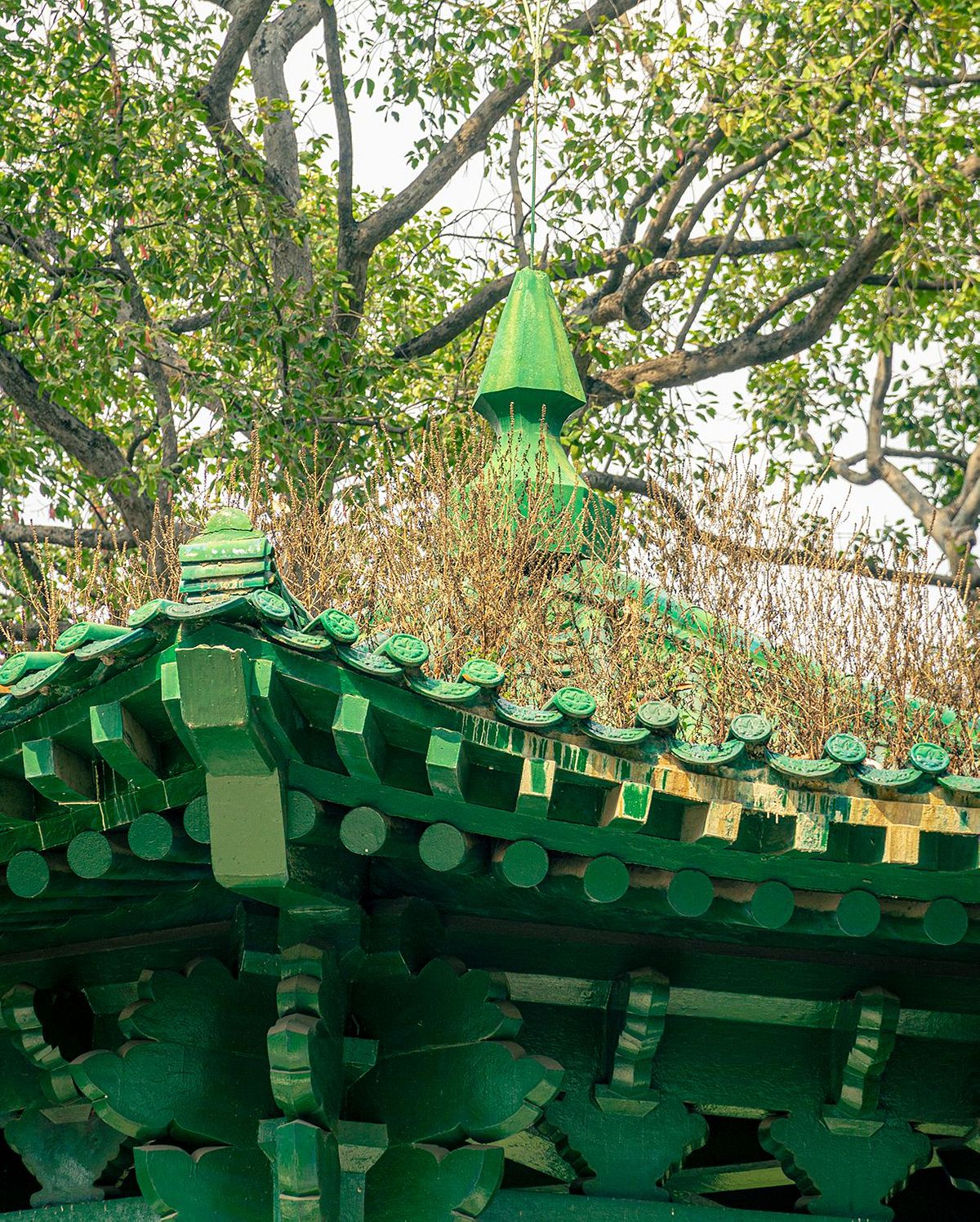
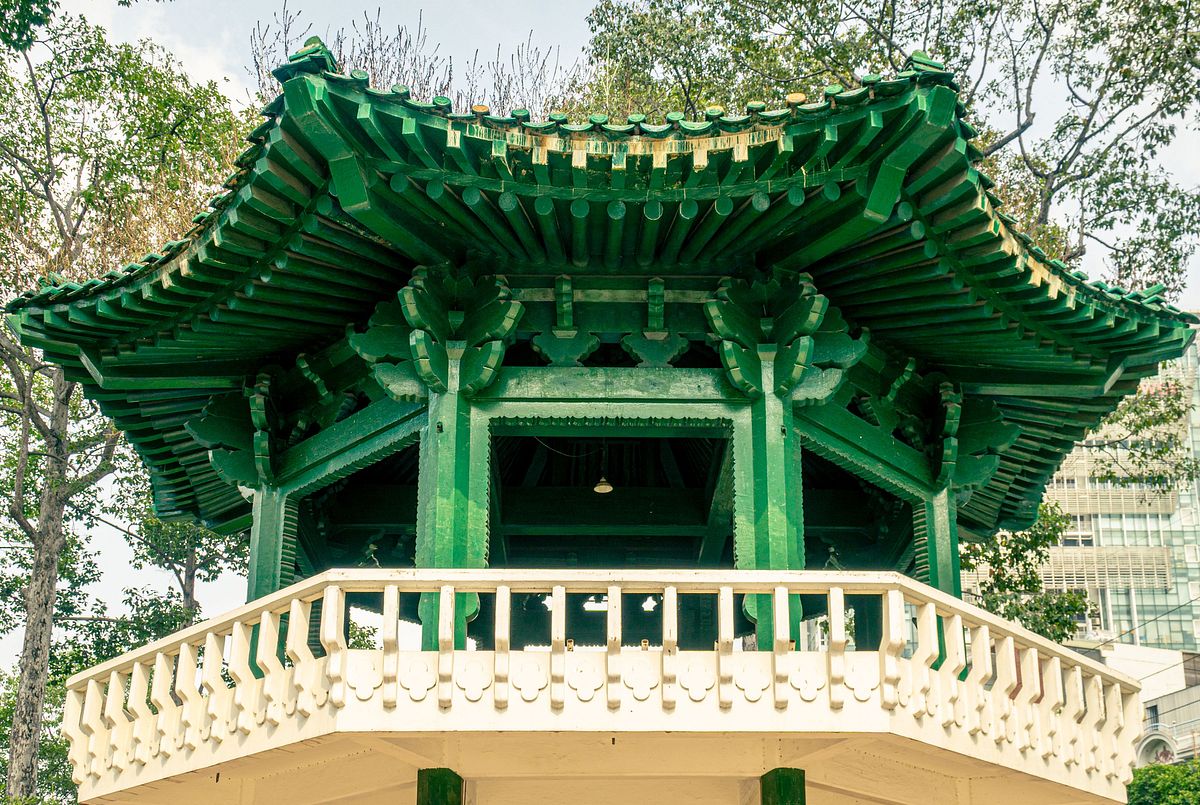
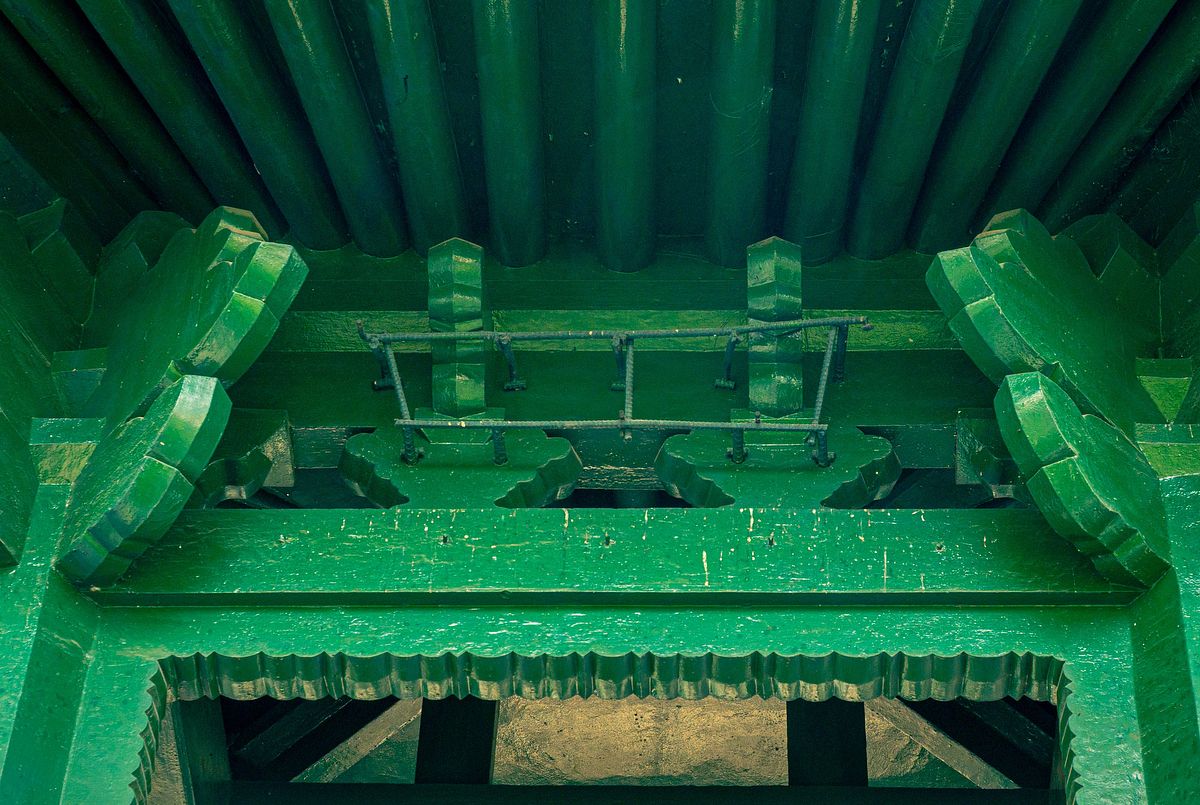
This article was published as part of a content collaboration between Saigoneer and Architecture Excursions (Tản Mạn Kiến Trúc), an independent collective focused on Vietnam’s urban heritage, especially of southern Vietnam. To find out more about Tản Mạn Kiến Trúc’s work, visit their Facebook page here.

